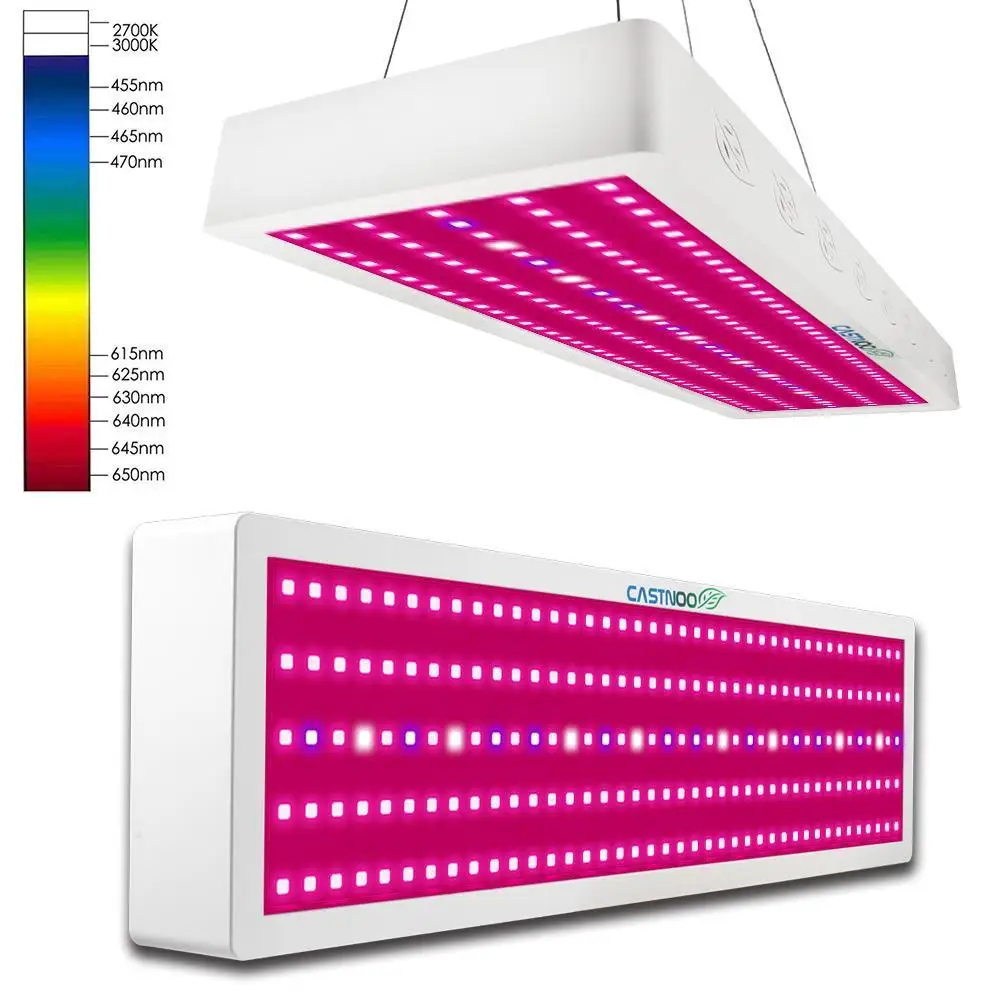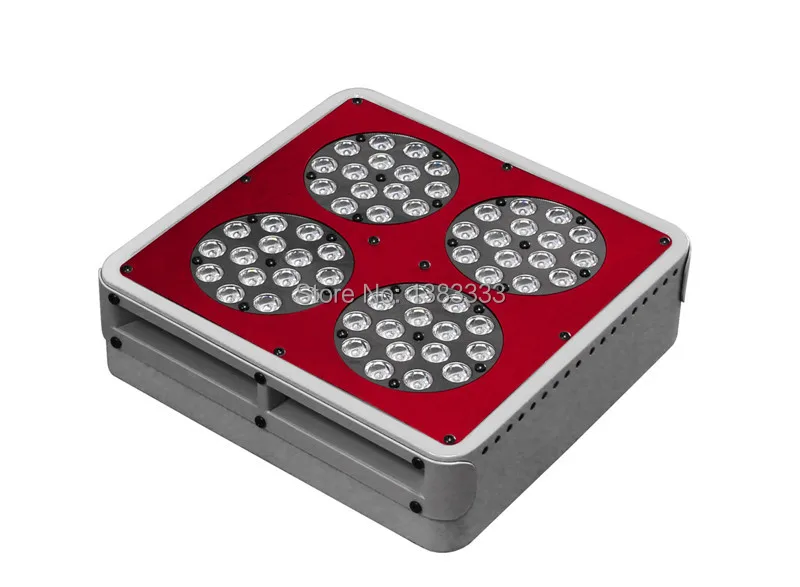
Traditional lights are the most versatile of all LEDs.
Led panel grow light drivers#
Individual drivers manage up to 100w per cluster, making them some of the best commercial LED grow lights on the market. These days, traditional LED grow lights have become the industry standard. On the other hand, COBs are the way to go if you want LED grow lights with a lot of intensity from a tiny source. However, there are no multi-colored wavelengths, IR, or UV spectrums available. Warm 3500k and cold 6000k spectrums are the most common. The smaller real estate is due to the fewer COB diodes required to produce the same lumens as a spread-style or conventional LED grow lights panel.ĬOBs have a restricted spectrum availability, which can be a problem despite their high intensity. While it’s true you can obtain the same intensity from one COB diode as you would from fifty 1w chips on a bigger panel, it will come in a more compact and convenient size. Each diode comprises a number of small, low-wattage semiconductors that work together to produce a supercharged light from a single diode.įor example, 50w COB diodes often include fifty tiny 1w chips on one small surface, producing anywhere from 3000 to 5000 lumens from a single diode.

If you don’t have the space to elevate your lights, go for a spread-style LED with a dimming option.ĬOB stands for “chip on board” and gets its name from how the diodes are built. If you’re going to use spread-style LEDs, make sure you have enough space to adjust their height as needed. As a result, the coverage is softer, necessitating the use of more diodes to boost power. While they may provide a wide, even light distribution, their coverage is less concentrated than other industrial grow lights. This will enhance the hydroponic light’s overall brightness, as well as the light footprint it casts. This frees up space on each panel so that as many diodes as possible can be installed. 25 to 1w chip (the surface which electricity runs along, giving off light) is contained in each diode, and a basic 50w panel with 50 chips can provide 3000 lumens of light, which is more intense than a 54w T5 6400k bulb with an average lumen output of 60 lumens per watt.ĭomed lenses (lenses are used to focus the light) are rarely used in spread-style LED horticulture lighting. This lumen output is the result of two crucial structural factors.Ī single. Despite their restricted wavelength choices, they’re very affordable compared to other LED grow lights and, in many cases, just as effective.Īlthough the chips in a spread-style LED grow lights panel are typically small, the amount of diodes on each panel allows for almost unlimited lumen output.


The way the diodes on spread-style LED growing lights are distributed on their surface gives them their name.


 0 kommentar(er)
0 kommentar(er)
